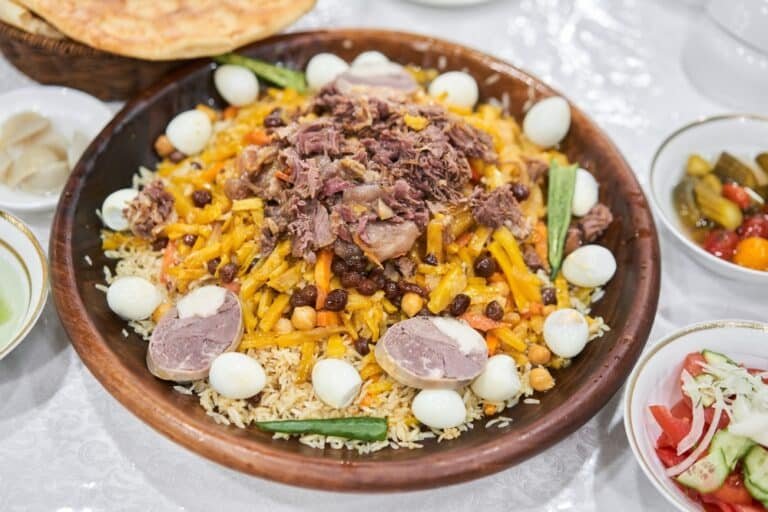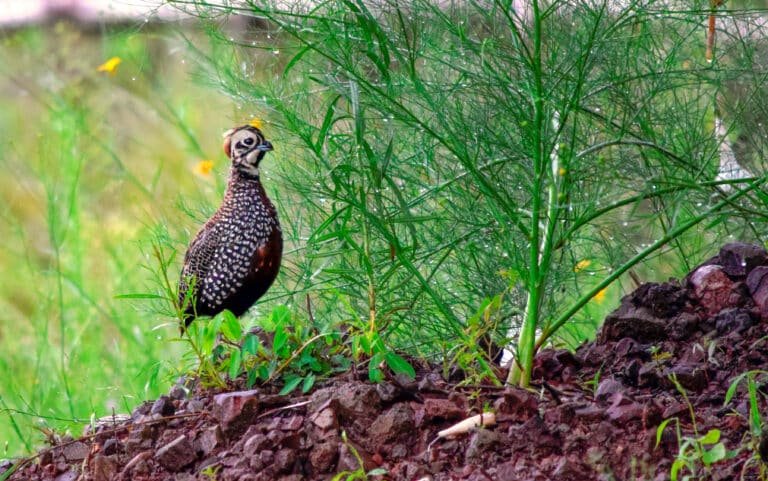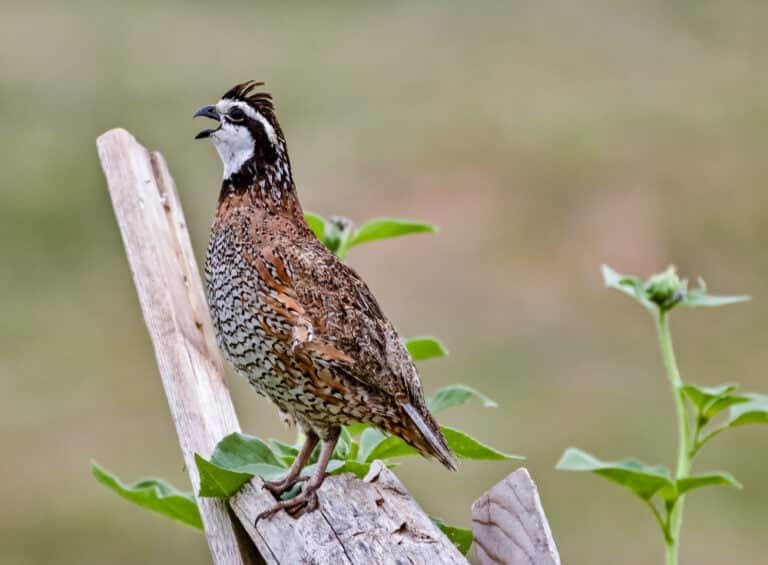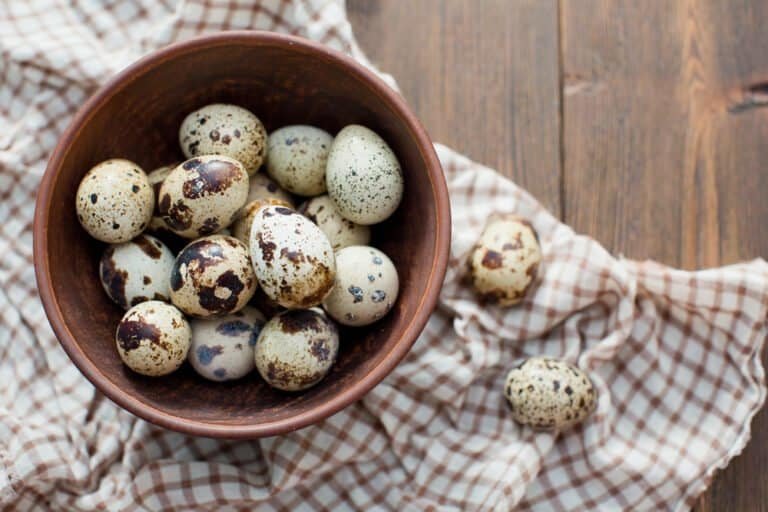Quail Recipes from Different Parts of the World
Quail, a small game bird revered for its delicate flavor and tender meat, has played a significant role in culinary traditions worldwide for centuries. With its rich history and versatile nature, quail has been featured in various cuisines, from French haute cuisine to Asian street food. This article will delve into quail recipes, exploring the preparation techniques and showcasing some delectable creations that highlight the unique qualities of this remarkable bird.
Brief history and significance of quail in culinary traditions
The consumption of quail dates back to ancient civilizations like the Egyptians, Greeks, and Romans. Quail was considered a luxury item reserved for nobles and emperors in these cultures due to its scarcity and sought-after taste.
Artwork often depicted quail as symbols of beauty, elegance, and abundance. Throughout history, quail have held cultural significance in different regions.
In medieval Europe, they were highly prized for their symbolism of love and courtship. In Asia, particularly in China and Japan, quail carried spiritual implications as symbols of luck or protection against evil spirits.
Health benefits of consuming quail meat
Quail meat not only impresses with its exceptional taste but also offers several health benefits, making it an excellent choice for those seeking nutritious alternatives. Quail is known to be a lean source of protein with low-fat content compared to other meats like beef or pork.
In addition to being low in fat, quail meat is rich in essential nutrients such as iron, zinc, vitamin B12, and selenium. These nutrients support various bodily functions, including red blood cell production and maintaining a healthy immune system.
Furthermore, quail meat is an excellent source of high-quality protein and aids in muscle development and repair. The presence of essential amino acids in quail meat ensures optimal protein utilization by the body.
Quail Preparation Techniques
Cleaning and Dressing Quail for Cooking
Preparing quail for cooking involves cleaning and dressing to ensure the best results on your plate. Before you begin, ensure you have the necessary tools, such as a clean cutting board, sharp boning knife, kitchen shears, and a bowl for collecting waste.
Start by removing the feathers: plucking them off one by one can be time-consuming, so it’s recommended to scald the quail in boiling water for about 20 seconds to loosen the feathers. After scalding, carefully remove any remaining feathers using the kitchen shears or pliers.
Once all feathers are removed, it’s time to address the entrails. Make an incision along the breastbone using your boning knife and continue cutting down towards the vent area.
Gently pull out all internal organs and discard them in a separate bowl. Be cautious not to rupture organs during this process to prevent meat contamination with intestinal bacteria.
Tips for Ensuring Proper Hygiene during the Process
Maintaining proper hygiene throughout the cleaning and dressing is crucial to avoid cross-contamination or foodborne illnesses. Always work on a clean surface and thoroughly wash all equipment before starting. Using disposable gloves while handling raw quail meat is advisable to minimize contact with potential pathogens.
Rinse the inside and outside under cold running water after removing feathers and entrails to ensure optimal cleanliness. Pat dry with paper towels or a clean cloth before further preparations or marination.
Marinating Quails to Enhance Flavor and Tenderness
Marinating quail is an excellent technique for infusing flavors into their tender meat before cooking. There are various marinade options available that can elevate your culinary experience when preparing quail.
One popular choice is an herb-infused marinade, combining fresh herbs like rosemary, thyme, and sage with olive oil, garlic, and a splash of lemon juice for brightness. Citrus-based marinades work wonders for those seeking a tangy twist to their quail dishes.
Utilize the natural acidity of fruits like oranges or lemons to tenderize the meat while adding a refreshing zing. Another option lies in Asian-inspired flavors: soy sauce, ginger, sesame oil, and honey can create a sweet-savory blend that complements quail beautifully.
It’s important to consider different marinating times based on the recipe you intend to prepare. While delicate flavors like herbs or citrus may require 1-2 hours of marination for optimal infusion, bolder Asian-inspired flavors may benefit from an overnight soak in the refrigerator.
Always follow specific recipe instructions to ensure your quail absorbs the desired flavors while retaining its natural tenderness. Following these meticulous cleaning and dressing techniques and implementing flavorful marinades into your quail recipes will enhance its taste and elevate your culinary skills in preparing this delicate game bird.
Classic Quail Recipes from Around the World
French-inspired Quail à la Normande
Quail à la Normande is a delightful French dish that combines the richness of cream, the sweetness of apples, and the distinctive flavor of Calvados brandy. This classic recipe exemplifies French cuisine’s ability to create harmonious flavor profiles. The dish typically begins with pan-seared quail, then braised in a luscious sauce made with apple cider, cream, and a generous glug of Calvados brandy.
The apples lend a subtle sweetness that perfectly complements the tender quail, while the brandy adds depth and complexity to the sauce. To achieve a perfect balance of flavors in this dish, it is crucial to use fresh and high-quality ingredients.
Italian-style Stuffed Quail with Prosciutto and Sage
When it comes to Italian cuisine, stuffed dishes are always crowd-pleasers, and stuffed quail is no exception. This Italian-style recipe features succulent quail filled with a delectable mixture of prosciutto di Parma, fragrant fresh sage leaves, Parmigiano-Reggiano cheese, breadcrumbs, and other herbs and spices. The flavors meld together beautifully as the quail roast in the oven until they become tender and juicy.
To prepare this stuffing mixture for your quail, begin by finely chopping prosciutto di Parma before combining it with minced sage leaves, grated Parmigiano-Reggiano cheese, breadcrumbs soaked in milk or broth for added moisture, along with some salt and pepper. Gently mix each quail cavity with this flavorful mixture before perfectly cooking them.
Mexican-inspired Grilled Quail Tacos with Avocado Salsa
For those seeking a zesty twist on their culinary exploration of quail recipes, Mexican-inspired grilled quail tacos with avocado salsa are an excellent choice. This vibrant dish combines the bold flavors of traditional Mexican spices such as cumin, chili powder, and oregano, which marinate and infuse the quail with a tantalizing smokiness.
To create a complementary topping for these flavorful tacos, a refreshing avocado salsa is prepared by combining diced ripe avocados with chopped tomatoes, red onions, jalapenos, cilantro, lime juice, salt, and pepper. The result is a harmonious fusion of spicy grilled quail meat and creamy avocado salsa wrapped in warm tortillas – a burst of Mexican flavors that will leave you craving more.
Exploring Unique Quail Recipes from Different Cultures
Japanese Yakitori-style Grilled Quail Skewers (Tori no Tsukune)
Quail is a versatile meat that lends itself beautifully to various culinary styles, including the popular Japanese yakitori. The Yakitori-style Grilled Quail Skewers, known as Tori no Tsukune in Japan, offer a delightful combination of flavors and textures.
To prepare this dish, ground chicken or pork is mixed with minced quail meat, resulting in a juicy and succulent skewer. The ingredients for this recipe include around 500 grams of ground meat (chicken or pork), approximately 200 grams of minced quail meat, one finely chopped onion, two cloves of garlic (minced), one tablespoon of soy sauce, one tablespoon of mirin (sweet rice wine), one tablespoon of sake (Japanese rice wine), salt and pepper to taste.
To give it an authentic touch, you can also add some grated ginger. To make the skewers, combine the ground meat with the minced quail meat in a bowl.
Add the chopped onion, minced garlic cloves, soy sauce, mirin, sake, salt and pepper to taste. Mix all the ingredients until well combined.
Shape the mixture into small cylindrical shapes around bamboo skewers. Grill the skewers over medium heat until they are cooked through and slightly browned on all sides.
It usually takes about 10-12 minutes for perfect cooking. Don’t forget to occasionally brush them with your favorite yakitori glaze or teriyaki sauce for added flavor during grilling.
Tips
Here are a few tips to ensure your Yakitori-style Grilled Quail Skewers turn out perfectly:
1. Use freshly minced quail meat along with ground chicken or pork for optimal flavor and tenderness.
2. Soak the bamboo skewers in water for about 30 minutes prior to grilling to prevent them from burning.
3. Experiment with different glazes or sauces like teriyaki, yakitori, or even a spicy chili sauce for a personalized touch.
4. Serve the skewers with a side of steamed rice and some pickled vegetables to enhance the overall experience.
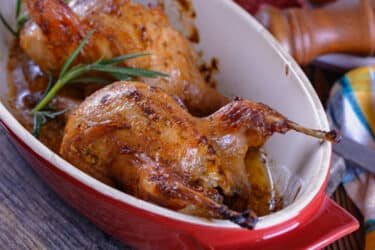
Conclusion
Exploring quail recipes from different cultures is an exciting journey that opens up a world of diverse flavors and techniques. The Japanese Yakitori-style Grilled Quail Skewers, combined with ground meat and minced quail, offer a unique twist on traditional yakitori.
By incorporating these international influences into our culinary repertoire, we can expand our tastes and appreciate the versatility of quail as an ingredient. Embracing global cuisine brings delightful gastronomic experiences and promotes cultural understanding and appreciation.
As we delve into the myriad ways quail is prepared across various cultures, we gain insight into the rich tapestry of human traditions and creativity. So, let’s continue exploring new recipes, celebrating culinary diversity, and savoring every bite!


